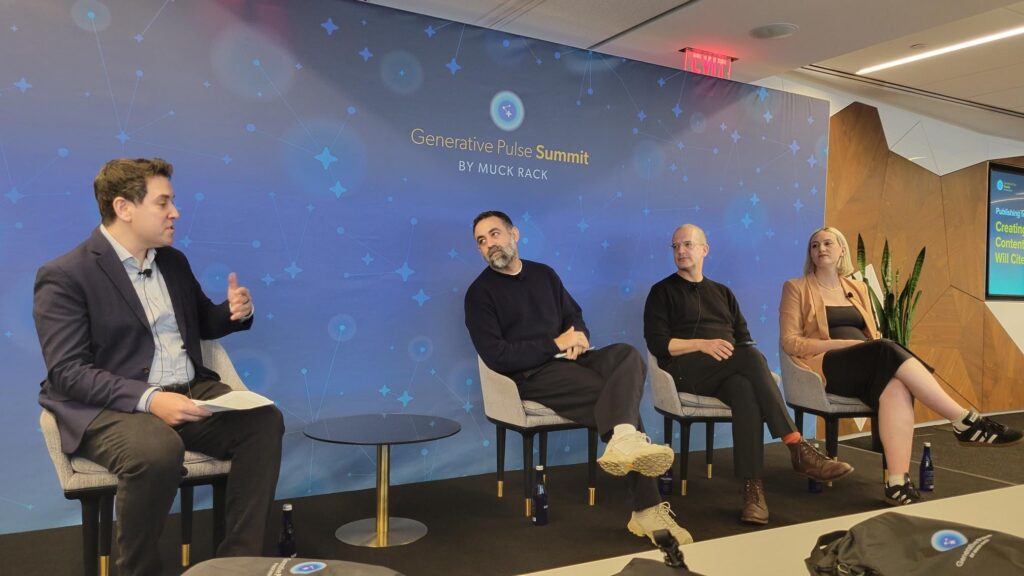As marketing and Internet technologies evolve, the key elements of managing best customers have evolved with them.Last month I discussed three of the basic elements (Identify, Communicate, Reward) and this month I’ll tackle the other four. Click here to read The Seven Key Elements of Best Customer Management, Part 1
Ask 100 marketers what four elements belong on this advanced list, and you’ll probably get 95 different answers.Based on what I’m seeing in the marketplace and in the future plans of great customer-centric brands, here’s what I put on the rest of the list.
Recognize
Best customers are usually not just your best customers – they tend to be other companies’ best customers as well.So these customers tend to get rewarded richly by everyone they do business with.These best customers tend to be more responsive to recognition, where your company acknowledges their special status as a best customer.
Recognition can take many forms. You may have elite tiers in the program, invitation-only clubs with special benefits, or completely separate programs for top customers. Usually this level of recognition comes with extra benefits not available to casual customers (e.g. early boarding or automatic upgrades with airlines) or with simple differences in offers.
Recognition is the gateway to much deeper relationships. Recognition is the first clear sign to your customers that you know who they are, and actively value their patronage. It tells customers you are watching their behavior closely enough to differentiate them from the rest of your database.
Delivering on the recognition element can be tough. Your operational systems must be robust enough to recognize a high-status customer early in an interaction, and flexible enough to change the experience based on that recognition. In a call center, this is straightforward. Online, however, requires both a recognition step (cookie or site login) and the ability to vary site content on the fly. Most current e-commerce and/or content management packages can enable this variable content, so if you generate a lot of business online, its time to consider upgrading.
Interact
Moving beyond one-way efforts (communications, rewards, and recognition) changes the dynamic of the best customer relationship substantially. Interactive programs explicitly change the experience based on what a customer does (or doesn’t do). While there are hints of interaction implicit in some of the earlier elements, my point here is to take interaction to a completely different level.
Start by breaking yourself out of of the channel mindset. Customers do not see themselves as channel-specific, so your interactions should not either. Work to get as complete a picture of your customers’ behavior as possible, so that your interactions are meaningful, relevant, and don’t sound stupid. A customer who searches for computers on your website, buys a computer from your store, and schedules wireless installation services with your call center should not get email that promotes dishwashers. A call from support 3 days after the purchase to check on their satisfaction with the product (one from a qualified technician, not a survey taker) is a real interaction. Ideally, your best customers will see your company as a trusted resource and partner, not as the place to buy stuff with plugs.
To enable these interactions, leverage your identification, communication, and recognition capabilities and add in modeling, segmentation, triggered messaging, dynamic content, and elite customer care. A little common sense goes a long way here. Good systems that respond to events go even farther.
Collaborate
Now it gets really interesting. While interaction leads to the mythical 1-to-1 relationship, collaboration goes beyond back-and-forth and puts both parties on the same side of the table.
Letting your customers help design products, choose ad campaigns, post comments, select winning entries in contests, answer questions from other customers, review products, and generally contribute to your community of customers is a can’t lost proposition. The wisdom of the crowd tends to filter out extreme views yet provide appropriate insight into the subject at hand.
And (this is the great part) every one of those collaborations is another opportunity to interact with your customers. That is, you should include collaborative efforts in the behavior you try to respond to directly. Even if you can’t thank every contest voter with a phone call, you should know someone was a 10-time voter when they are just short of a reward threshold on the day their reward points are expiring.
Making collaboration a reality is much easier than it was just a year ago, with numerous companies that can provide these capabilities as a service. Companies (and marketers) that have not moved to incorporate collaborative tools and user generated content are missing the next huge wave in marketing.
Advocate
OK, I cheated a little. The last element isn’t really something you can explicitly add to your best customer management efforts. But if you’ve taken care of the other six; put tools in your customers hands like refer a friend and email forwarding; and made yourself MySpace, YouTube, and Facebook friendly, you just might find your customers going out of their way to sell you to their friends and associates.
This should be your ultimate goal – a best customer management program so strong that you don’t need to bother advertising. I realize that only Apple could actually do that, but hey, its an objective to strive for. The iPhone launch alone gives an idea of how powerful and ROI positive advocacy can be.
Conclusions
Building a strong program for best customer management involves a staggering array of factors, but by adding element in phases that build on earlier efforts a consistent, integrated program is possible at almost every budget. As they say, the devil is in the details. There are lots of factors to consider among all of these elements, which I go into more detail on my blog at http://www.michaelgreenberg.com.
Michael Greenberg is vice president of marketing for Loyalty Lab, a San Francisco-based developer of customer loyalty programs for the retail industry, and writes a monthly column for CHIEF MARKETER. He can be reached at Michael@LoyaltyLab.com
Other articles by Michael Greenberg:
The 10-Year Customer
Empowering the Lonely Loyalty Champion
Microsegmentation for Macro Returns
Balancing Visible and Hidden Relationship Programs
Evolving Loyalty: How to Stay Current
The Best Marketing Investment You Can Make
The Case for Simultaneous Concept Testing
Planning for the Coming Online Standard
Objectives Are Everything
Why Do You Have High-Value Customers?
Build a Fence Around Your Customers



